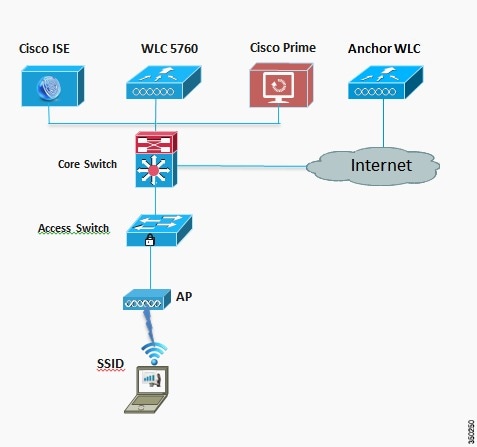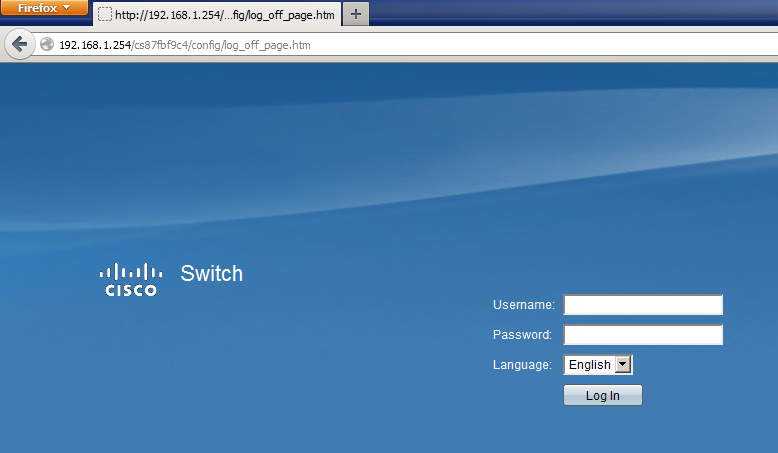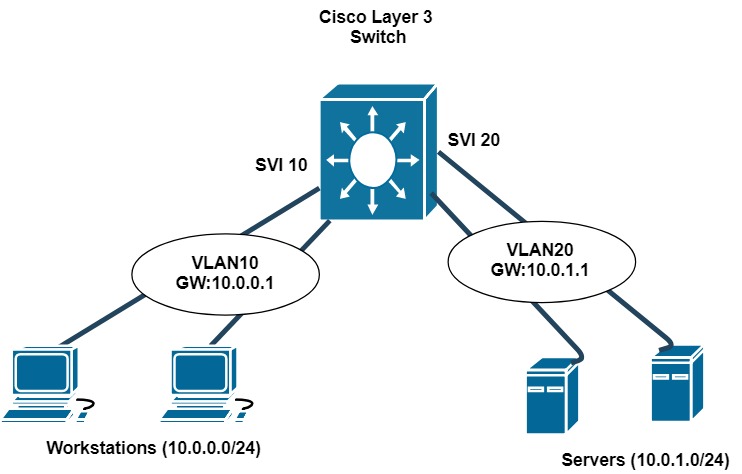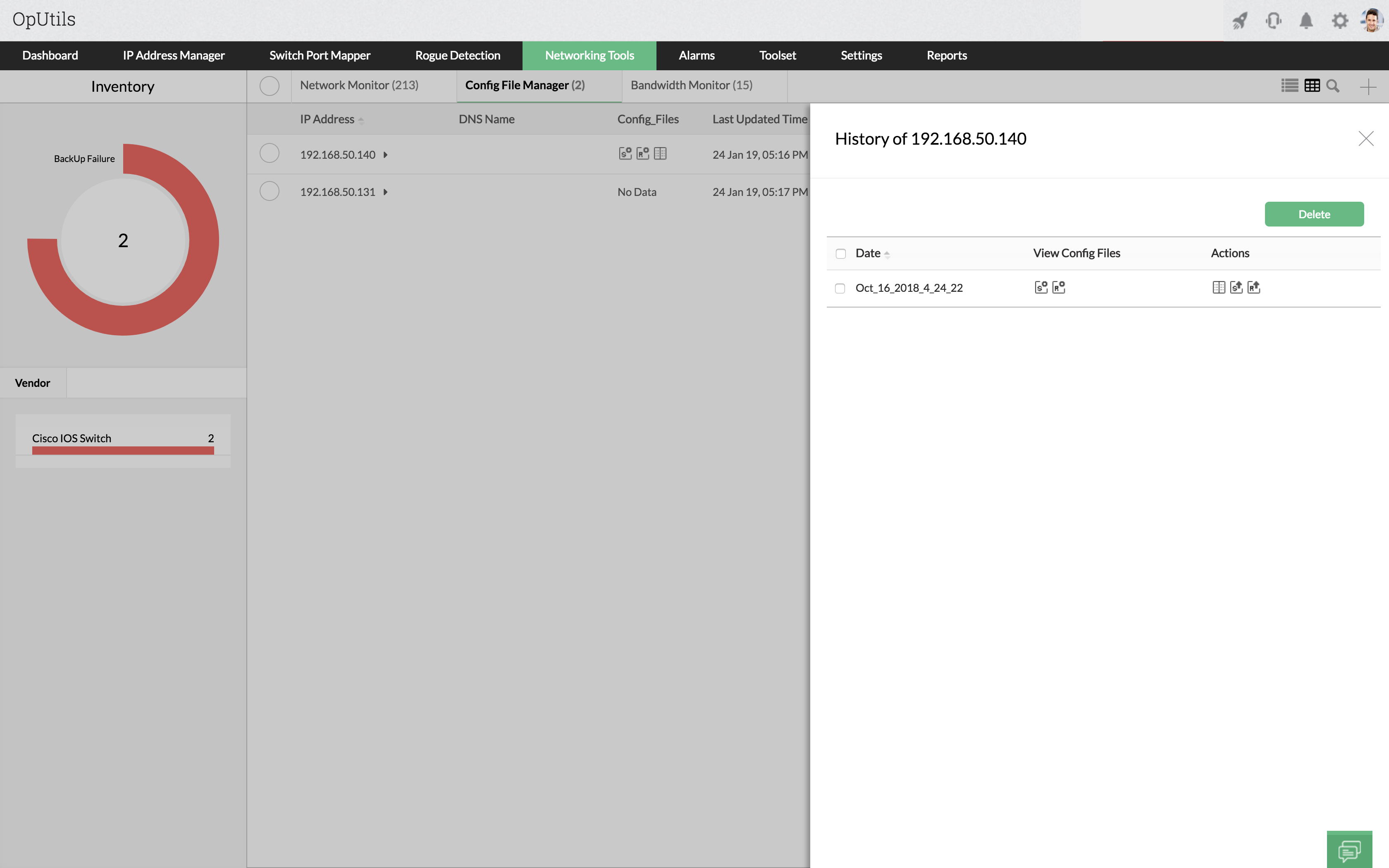

- #CISCO SWITCH CONFIGURATION SOFTWARE#
- #CISCO SWITCH CONFIGURATION PASSWORD#
- #CISCO SWITCH CONFIGURATION OFFLINE#
The platform’s out-of-the-box compliance assessments and reports help users demonstrate compliance with a host of industry standards, including DISA STIG, NIST FISMA, HIPAA, PCI DSS, and more. Users can leverage Network Configuration Manager’s integrated console to specify which users can view device details and make configuration changes. This allows them to quickly identify where configuration errors have occurred, so they can jump into action. An in-depth dashboard provides users with a robust view of their network infrastructure. In addition to features designed to avoid configuration errors and network downtime, SolarWinds Network Configuration Manager helps users gain greater control over their network infrastructure through: Once you’ve stacked up a replacement device, the platform can help you locate the required configuration from a backup, upload it onto the new device, and verify it with configuration baselines. Network Configuration Manager is also built to help IT technicians efficiently replace switches that have failed completely. This helps reduce the chances of configuration errors occurring as you’re deploying and documenting common configuration changes, including device password, interface description, VLAN, and ACL changes. Rather than requiring you to spend hours manually managing device configurations, the platform is designed to leverage automation to manage rapid changes across complex networks, streamline repetitive tasks, and maintain uninterrupted IT functionality. Network Configuration Manager is equipped to help you view, track, deploy, and back up configurations for the switches on your network.

SolarWinds Network Configuration Manager is built to facilitate switch configuration.


Your switch configuration must be stored and saved before it’s used. This can be done manually or via a DHCP server. All devices connected to the switch must be assigned IP addresses. Simply identify and match a router to pair with your new switch configuration. All switches must be paired with a router, also known as its default gateway. You can remedy this by adding user switch ports to the VLAN.
#CISCO SWITCH CONFIGURATION OFFLINE#
Your new VLAN will appear offline if no ports are assigned to it. You’ll use your new VLAN to remotely manage the switch. Try to avoid using the default VLAN 1 address by creating a new address instead.
#CISCO SWITCH CONFIGURATION PASSWORD#
Establish a password for the switch you’re configuring. Provide the switch with a name, like “S1” or “S2,” and relaunch the startup configuration and running configuration in preparation for your new configuration. Once this has been confirmed, it’s important to make a copy of the file in case any unintentional changes are made in the future. Confirm you’ve reset the switch to its original configuration. This can be done by resetting the switch to its default settings. Before any reconfigurations can be conducted, the switch must be wiped of any existing configurations. The specific best practices for configuring a switch will vary slightly depending on the switch at hand, but the following steps serve as an excellent starting point for IT technicians: Whether a result of a completely new switch or a reconfiguration of existing switches, managing switch configurations is an essential part of any IT administrator’s job. Robust platforms provide out-of-the-box compliance assessments and reports for a wide range of critical security standards, including DISA STIG, NIST FISMA, HIPAA, PCI DSS, and more.
#CISCO SWITCH CONFIGURATION SOFTWARE#
Network switch management software is designed to help you adhere to security policies through robust vulnerability scanning capabilities and immediate remediation options quickly sealing gaps in your network. It can be easy to push compliance regulations to the back burner when faced with numerous configuration tasks and error-prone configuration changes.


 0 kommentar(er)
0 kommentar(er)
